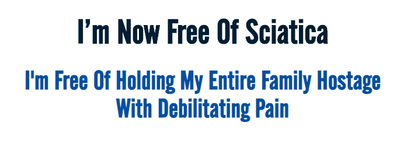Top 3 Causes Of Back Pain & SciaticaUnlocking the Mystery of Back Pain & Sciatica: Identifying the Top 3 Culprits in NYC
Leg Pain Relief Near Me in Wall Street, FiDi, Manhattan, New York, NY
|
About Us
Archives
March 2024
Categories
All
|


 RSS Feed
RSS Feed